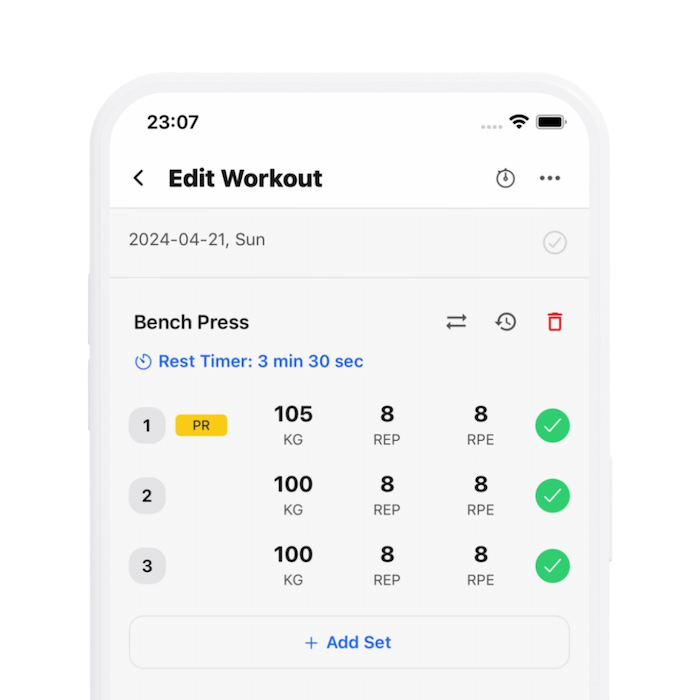30 Seconds SummaryBicep Hypertrophy: Comprehensive Training Techniques for Growth
- The article provides a comprehensive guide on bicep hypertrophy, detailing various training techniques and terms like Maintenance Volume (MV), Minimum Effective Volume (MEV), and Maximum Adaptive Volume (MAV).
- It suggests starting with lower volume workouts and gradually tracking and adjusting based on individual recovery and progress, with possible use of the RP Hypertrophy App for automatic adjustments.
- Direct bicep workouts include a variety of curls such as barbell curls, dumbbell curls, and cable curls, with recommendations to vary exercises to fully develop bicep muscles.
- Different rep ranges have different benefits, and incorporating light, medium, and heavy loads throughout the week is advised to maximize growth while minimizing injury.
- Rest between sets should be sufficient to recover muscle, nervous system, and cardiorespiratory function but not overly long, with typical rest times suggested between 30 seconds to 2 minutes.
- Training frequency should be adapted based on muscle recovery and growth timing, with typical frequencies ranging from 3 to 6 times per week depending on personal recovery rates and muscle growth responses.
- Periodization is critical, with training blocks organized into multiple cycles including mesocycles of workload building followed by deload phases to manage fatigue and optimize long-term gains.
- The guide underlines the importance of exercise selection and frequency adjustments throughout a training cycle to keep improving without causing overtraining or injury.
- Advanced training techniques like myoreps, drop sets, and occlusion sets are detailed, offering methods to increase intensity and stimulate muscle growth effectively.
- Periodic assessment and adaptation of exercises based on performance and recovery are essential to maintain progress and prevent plateaus and injuries.
Renaissance Periodization
Dr. Mike Israetel, Co-founder and Chief Sport Scientist
